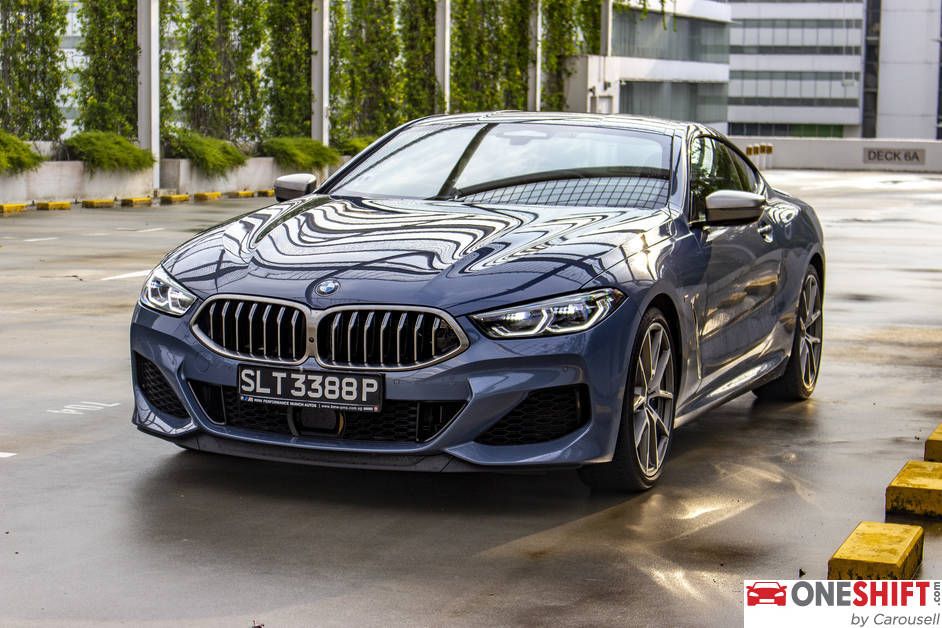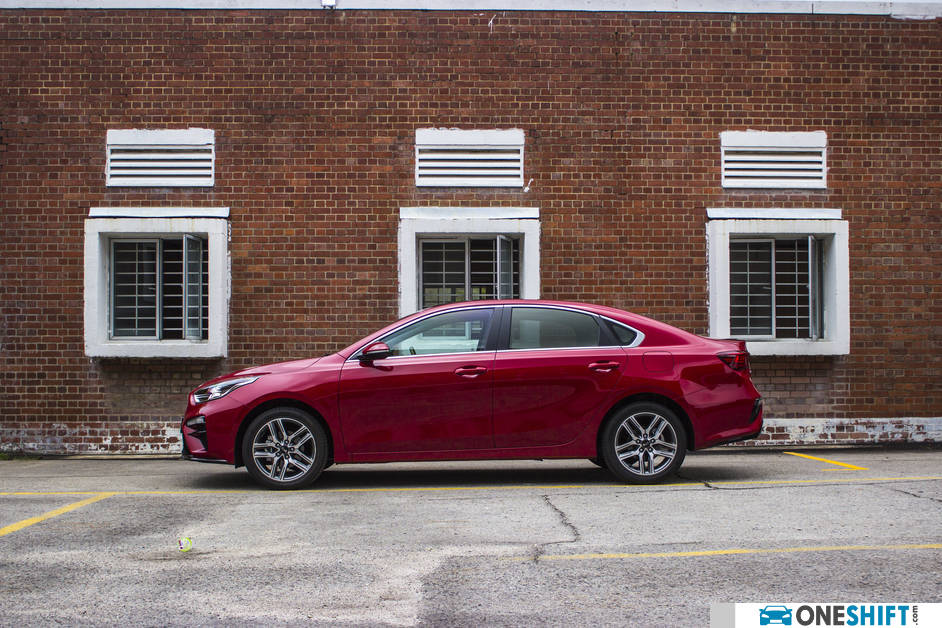What Is Worth Buying Now?
In the not too distant past, COE premiums shot up to unprecedentedly high levels. Many would remember how premiums steadily soared as quotas were drastically cut, breaching even the $90,000 mark. This was all between 2011 and 2013.

In the not too distant past, COE premiums shot up to unprecedentedly high levels. Many would remember how premiums steadily soared as quotas were drastically cut, breaching even the $90,000 mark. This was all between 2011 and 2013.
Here’s another fact: COE premiums last for 10 years, so we’re very close to these landmark years.

So, we’ve decided to compare some cars from then and now, because there are some interesting trends worth exploring. In the name of fairness and anonymity, we’ll be as generic as possible without using the actual car names or prices, but we’re confident you’ll get it quickly.
Without mystifying things further, let’s begin.
The premium for Category A peaked in January 2013 at $92,100.

An Asian, C-Segment family sedan was priced at just shy of $147,000 after that bidding round. LTA figures show that the average OMV of this car was around $15,000.
So based on categories in the LTA cost of car registered, here are some of the approximate numbers for this car:
Average OMV: $15,000
CEVS: $0
GST & Excise Duty: $5,095
ARF: $15,000
Registration Fee: $140
Total Basic Cost with COE: $127,335
Estimated margin: $12,665
Bear in mind that the margin is before local dealer costs, which include things like pre-delivery inspection costs, local accessories, sales commissions and the like, so the dealer isn’t actually making $12,665, there’s still more room for deductions and not to mention overheads, since this is only the gross margin.
Fast forward to 2019, let’s have a look at the May 2019 figures for its successor with the same name plate.

Retail price: $93,000
COE premium: $36,704
Average OMV: $19,000
VES: $0
GST & Excise Duty: $5,500
ARF: $19,000
Registration Fee: $220
Total Basic Cost with COE: $80,424
Estimated margin: $12,576
From this we can see that the margin hasn’t changed much and has remained consistent over the last decade. However, we know that costs are rising, as is inflation and salaries to be paid to staff, so effectively, the dealer is likely earning less than it would have in 2013.
Let’s now take a look at a European luxury car and do the same maths. The COE premium for Category B peaked also in the first bidding exercise of January 2013, closing at $96,210.

The approximate retail price of said luxury car was approximately $260,000.
Average OMV: $50,000
CEVS: $0
GST & Excise Duty: $15,000
ARF: $50,000 (tiered ARFs were announced in Feb 2013)
Registration Fee: $140
Total Basic Cost with COE: $211,350
Estimated margin: $48,650
And again, its successor today based on May 2019 figures:
Retail price: $260,000
COE premium: $$48,010
Average OMV: $55,000
VES: $0
GST & Excise Duty: $15,800
ARF: $71,000
Registration Fee: $220
Total Basic Cost with COE: $190,030
Estimated margin: $69,970

While these numbers are just estimates with some rounding to make them a little more anonymous, it’s clear that despite tax increases, luxury cars have increased their margins by remaining at the same price that they used to sell at even in the days when COE premiums were easily double the amount they are at today.
So what’s worth buying today?
Stick with something that you don’t have to pay a badge premium for, unless of course you have the means to enjoy it.
Credits:

- Convenient and Hassle-Free
- Consumer Protection
Transparent Process
With No Obligation


Get the Best Price for your used car
from 500+ dealers in 24 hours








